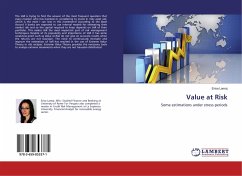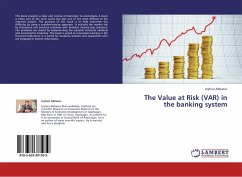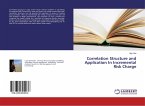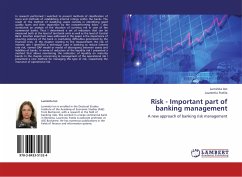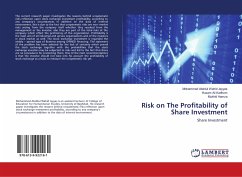The VaR is trying to find the answer of the most frequent question that every investor who has invested or considering to invest in risky asset ask: which is the most I can lose in this investment? According to the Basel Accord II banks are expected to use internal models for estimating their market risk and so the capital required to keep depends on VaR of their portfolio. This makes VaR the most important part of risk management techniques. Despite of its popularity and importance of VaR it has some weakness point such as Value at Risk do not give an accurate results when the returns are not Gaussian. The need to continuously innovate and improve the estimation of VaR has resulted in the use of Extreme Value Theory in risk analysis. Extreme Value Theory provides the necessary tools to analyze extreme movements when they are not Gaussian distributed.
Bitte wählen Sie Ihr Anliegen aus.
Rechnungen
Retourenschein anfordern
Bestellstatus
Storno

